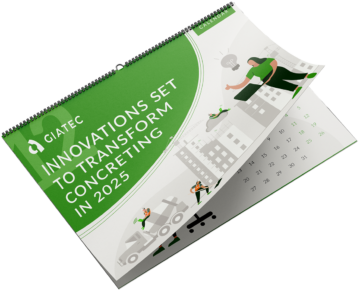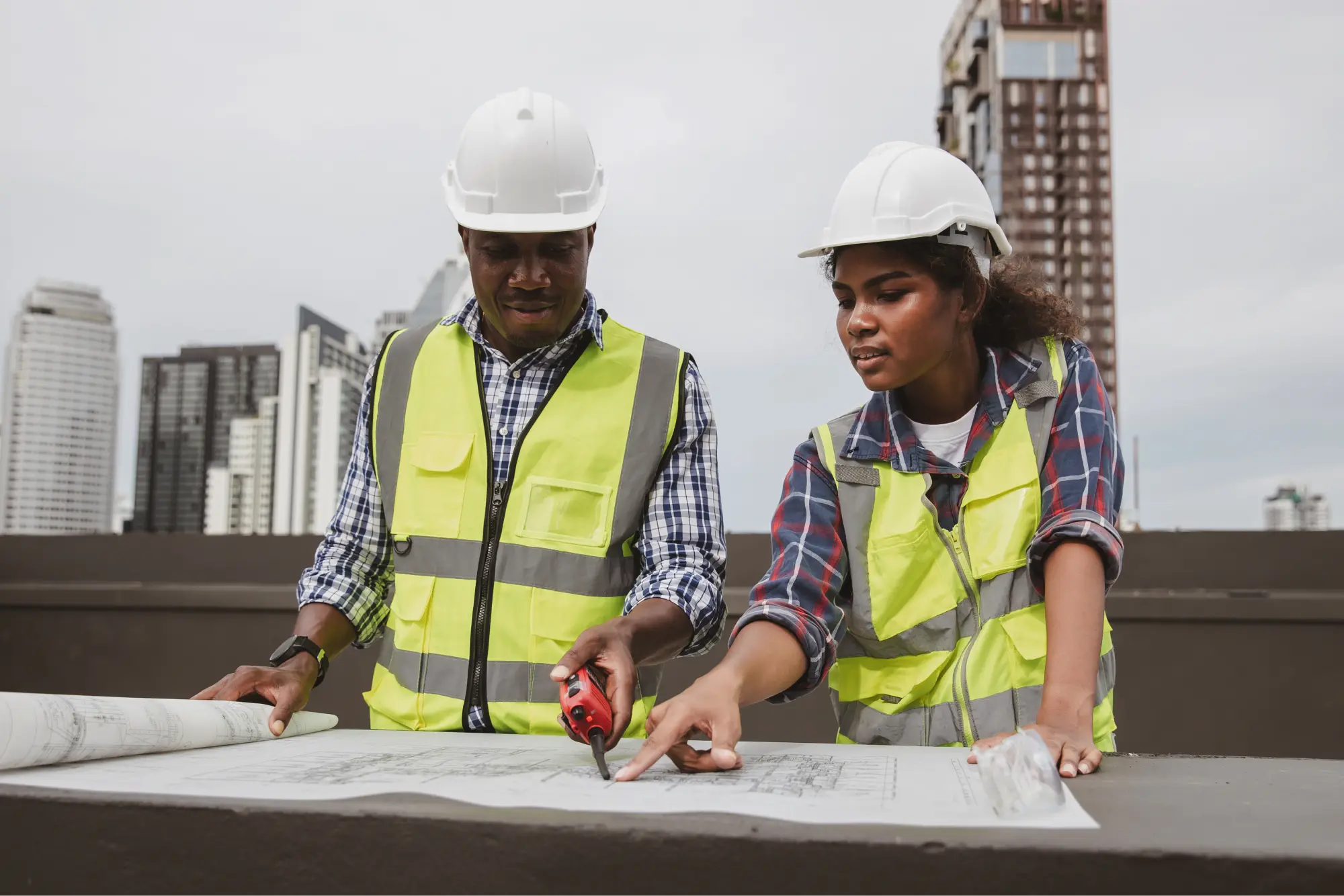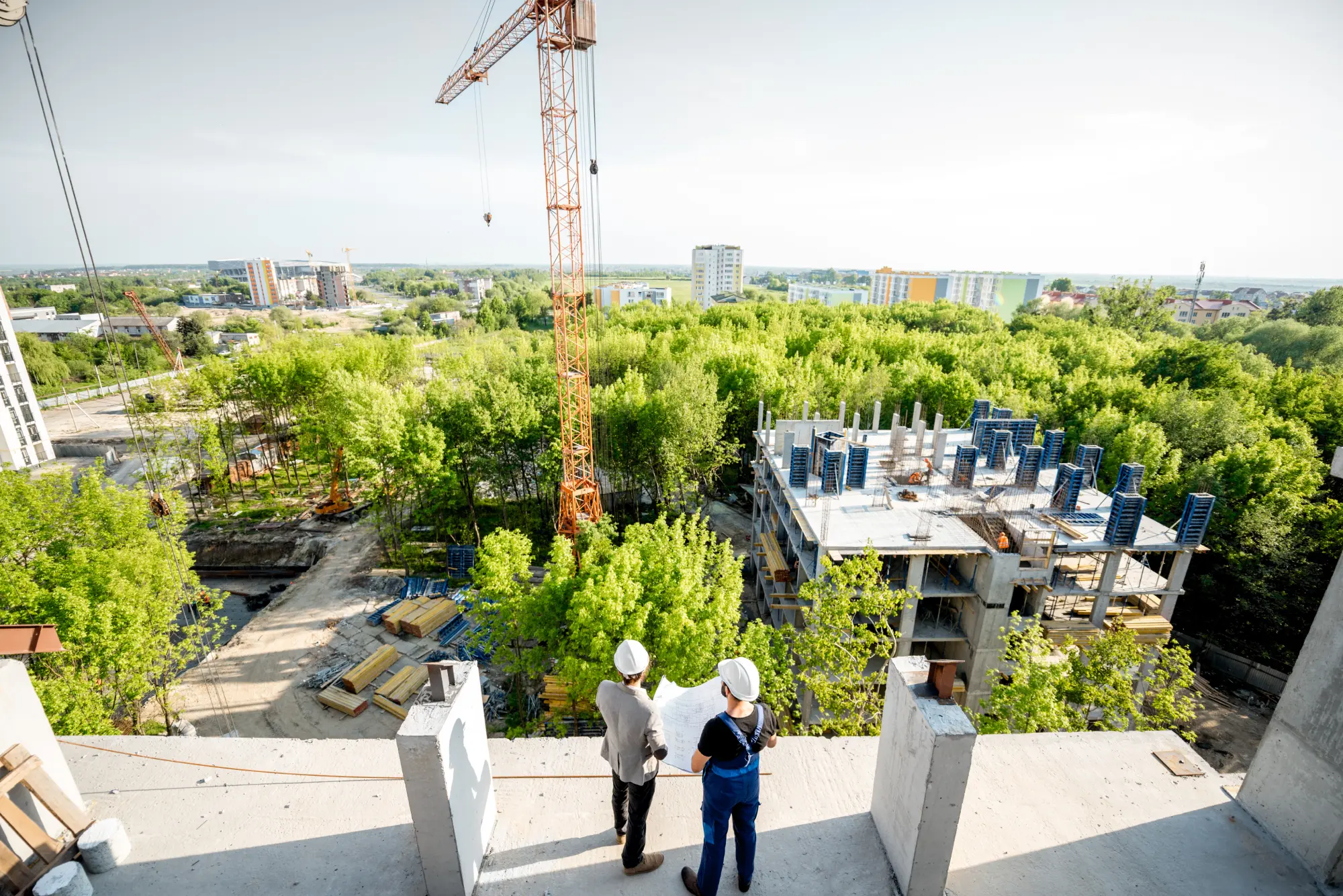Defining the Solutions for the Most Pressing Challenges in the Concrete Industry
In today’s era of technological and academic advancements, the concrete industry is undergoing a rapid transformation driven by the need for more efficient, sustainable, and innovative solutions to tackle long-standing challenges. We have reached a pivotal moment where it’s essential to address the difficulties construction companies and teams face, both on and off the job site. From managing project complexities to enhancing sustainability, improving infrastructure durability, and increasing design flexibility, these advancements are reshaping how contractors and engineers approach construction.
Emerging technologies such as project management software, 3D printing, and concrete monitoring sensors are breaking down traditional barriers, offering real-time insights, optimized processes, and eco-friendly alternatives. This shift is positioning the industry to meet future demands with smarter, more resilient solutions. While many of these challenges manifest on the job site, solutions are being developed through ongoing academic and technological progress. Explore the most pressing challenges in the concrete industry as we embrace the era of sustainability and technological breakthroughs.


